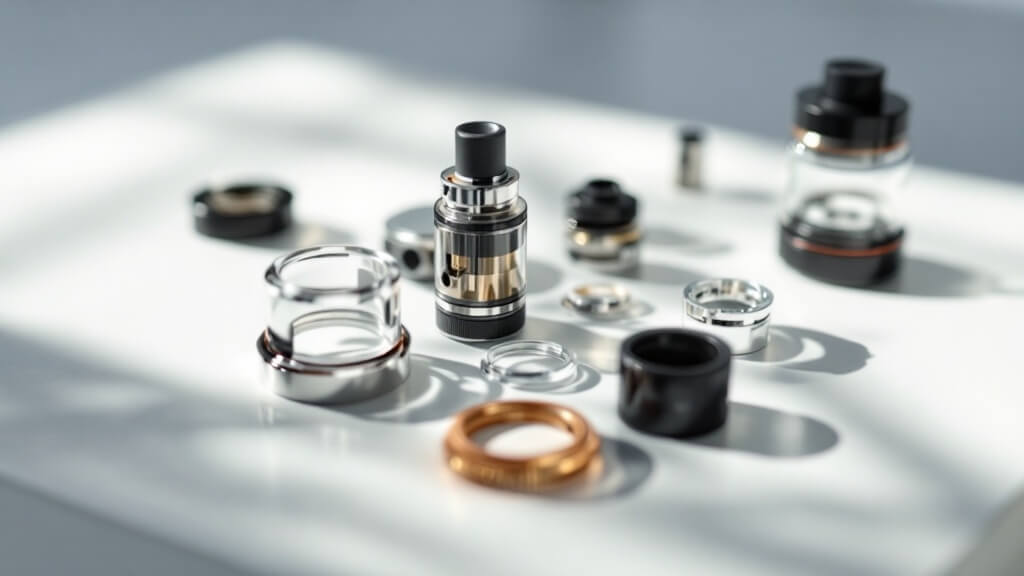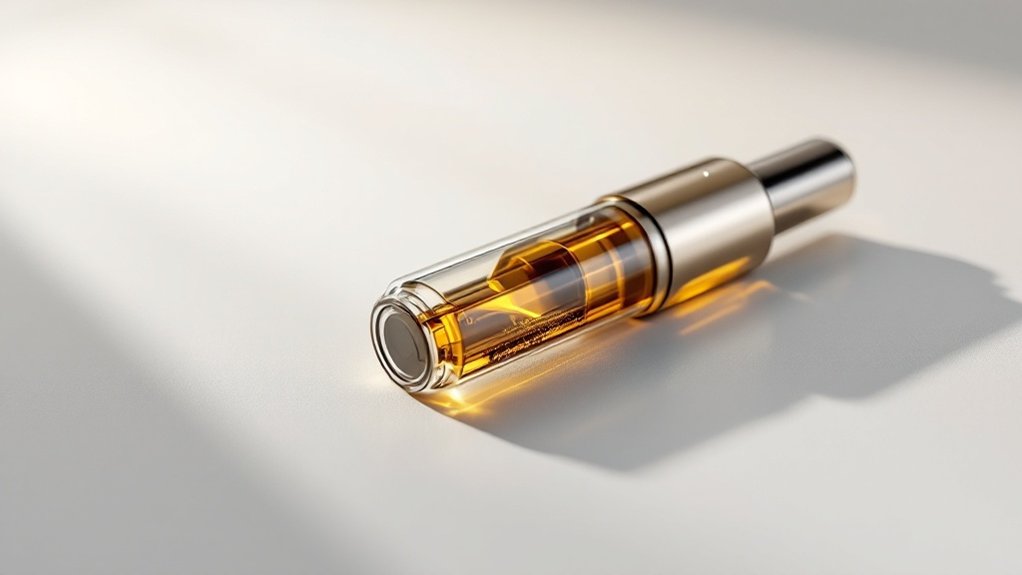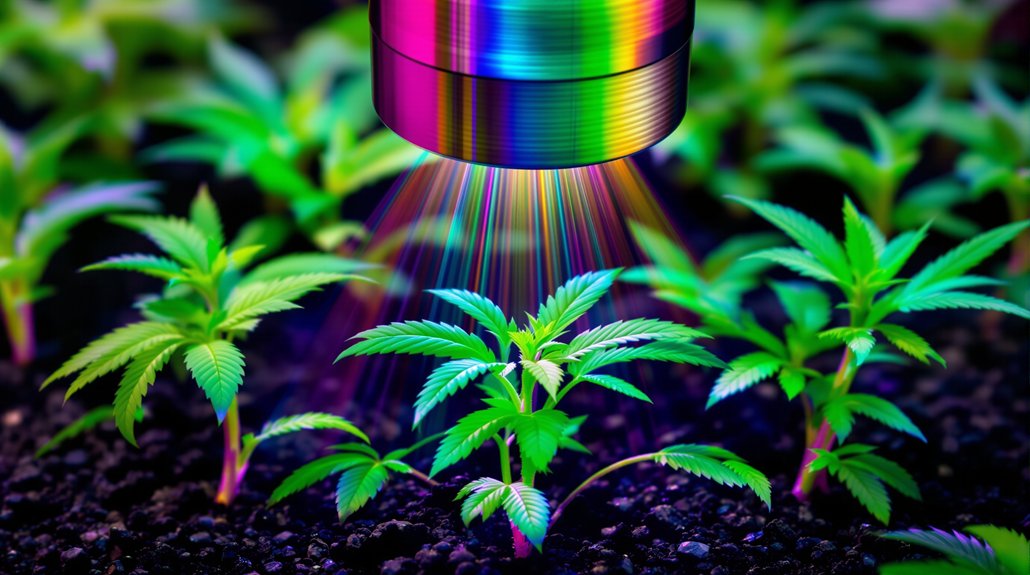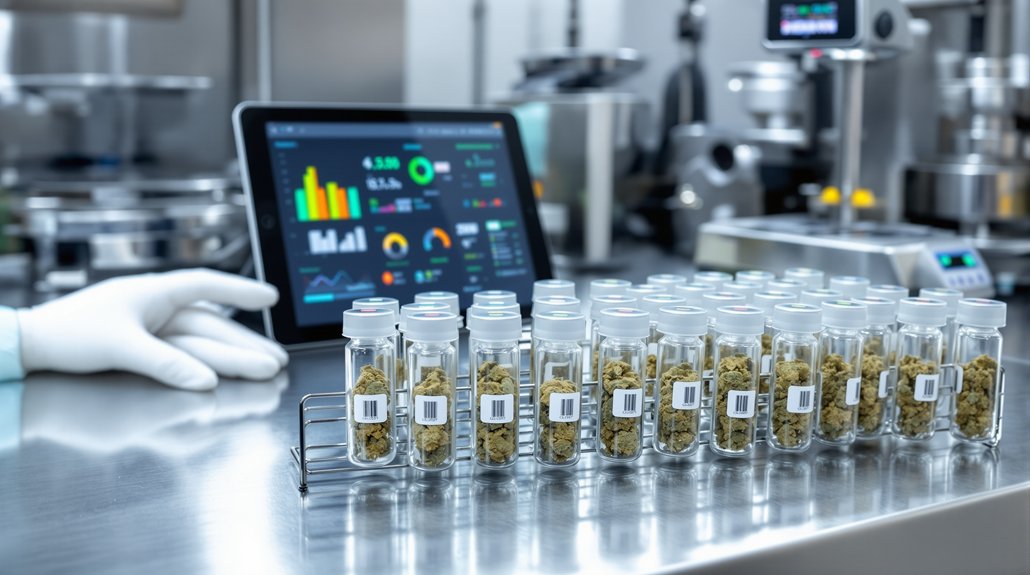Weed carts (or cannabis cartridges) are pre-filled containers of cannabis oil that connect to vaporizer batteries through a standardized 510-thread connection. These compact devices work when electrical current from the battery heats an atomizer to 315-450°F, vaporizing the cannabis concentrate without combustion. The resulting vapor travels through an airflow channel to the mouthpiece for inhalation. Distillate and live resin carts offer different experiences, with effects typically lasting 1-4 hours depending on individual tolerance factors.

As cannabis consumption methods continue to evolve in the modern marketplace, weed carts have emerged as a popular alternative to traditional smoking. These small cartridge-like devices house cannabis oil or concentrates in a glass or polycarbonate tube reservoir. Known variously as THC carts, vape carts, or weed vape cartridges, they feature a mouthpiece at one end for inhalation and a connection point for a battery at the opposite end.
The anatomy of a weed cart consists of several essential components working in concert to deliver the desired effects. The glass reservoir contains cannabis oil or concentrate, connected to an atomizer that serves as the heating element. Most carts utilize a standardized 510-thread connection, allowing compatibility with a wide range of vape pens and batteries. This design creates a system optimized for vaporizing cannabis extracts at temperatures between 315-450°F, below the combustion point of plant material. Effects from weed carts typically last 1 to 4 hours, depending on individual tolerance and consumption frequency.
The precision-engineered construction of modern weed carts creates an optimal vaporization system through carefully integrated components and standardized compatibility.
Weed carts function through a straightforward but effective mechanism. When activated by pressing a button or through draw activation, the attached battery supplies electrical current to the atomizer. The atomizer rapidly heats the cannabis oil to its vaporization point, transforming it from liquid to inhalable vapor. This vapor travels through the cartridge’s airflow channel and out through the mouthpiece for the user to inhale.
The marketplace offers diverse cart varieties containing different cannabis extracts. Distillate carts provide high-potency THC with minimal terpene content, while live resin carts preserve the full spectrum of cannabinoids and terpenes from the original plant. Quality carts typically contain translucent and clear or light amber colored oil resembling honey. Specialized formulations like liquid diamonds and terpene-enhanced oils cater to consumers seeking specific effects or flavor profiles. Cartridges typically range from 0.5g to 1g in capacity, providing hundreds of inhalations per unit.
The popularity of weed carts stems from several practical advantages over traditional consumption methods. Their discreet, portable nature allows for convenient use, while the vaporization process produces minimal odor compared to combusted cannabis.
The pre-filled design eliminates the need for grinding, rolling, or packing, delivering consistent dosing with each activation. Additionally, the vaporization process occurs at lower temperatures than combustion, potentially reducing respiratory irritants associated with smoking while maintaining rapid onset of effects through pulmonary absorption.
Frequently Asked Questions
How Long Does a Weed Cart High Last?
A weed cart high typically lasts 1-4 hours, with peak effects occurring 15-45 minutes after inhalation.
The duration varies based on several factors including the cartridge’s potency, user tolerance, metabolism, and dosage.
Effects begin within minutes of consumption and generally start tapering around the 90-minute mark.
Cart highs provide a more predictable experience compared to edibles, which can last up to 10 hours, while offering more controlled dosing than traditional smoking methods.
Can Weed Carts Be Detected in Drug Tests?
Weed carts can indeed be detected in drug tests. THC metabolites from vape cartridges appear in urine for approximately 30 days after use, with detection windows varying based on usage frequency.
Heavy users may test positive longer due to THC accumulation in fatty tissues. Blood tests typically detect THC for only a few hours, while saliva tests identify recent use within 24-32 hours.
Hair follicle tests are most sensitive, capable of detecting THC consumption for up to 90 days.
Are Weed Carts Legal in All States?
Weed carts are not legal in all states.
Cannabis legality varies considerably across the United States, with some states permitting recreational use, others allowing only medical use under specific conditions, and many maintaining complete prohibition.
Even in legal states, regulations regarding THC concentrations, purchasing limits, and approved delivery methods differ substantially.
Federal law still classifies cannabis as a Schedule I controlled substance, creating ongoing conflicts between state and federal jurisdictions despite evolving legislation.
How Do I Know if My Weed Cart Is Fake?
Consumers can identify fake weed carts by examining several key indicators.
Legitimate products feature consistent packaging with proper logos, batch numbers, and manufacturing dates, while counterfeit items often display misspelled words or blurry printing.
The oil itself should appear clear and consistent, not watery or unusually dark.
Performance issues such as burnt flavor, harsh inhaling experience, or metal aftertaste suggest poor quality materials.
Additionally, abnormally low pricing frequently indicates counterfeit merchandise lacking proper safety testing.
Can Weed Carts Expire or Go Bad?
Weed carts can indeed expire and degrade over time. Most cartridges maintain peak quality for 12-18 months, with unopened products potentially lasting up to two years.
The primary causes of degradation include exposure to heat, light, and oxygen, which break down cannabinoids and terpenes.
Users can identify expired carts by diminished potency, altered flavor profiles, darkened oil, and visible separation.
Proper storage in cool, dark environments with cartridges kept upright can greatly extend their usable life.








